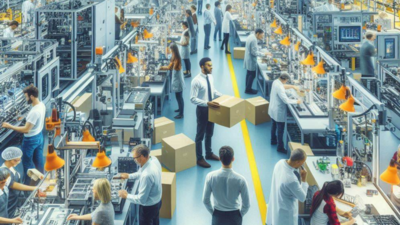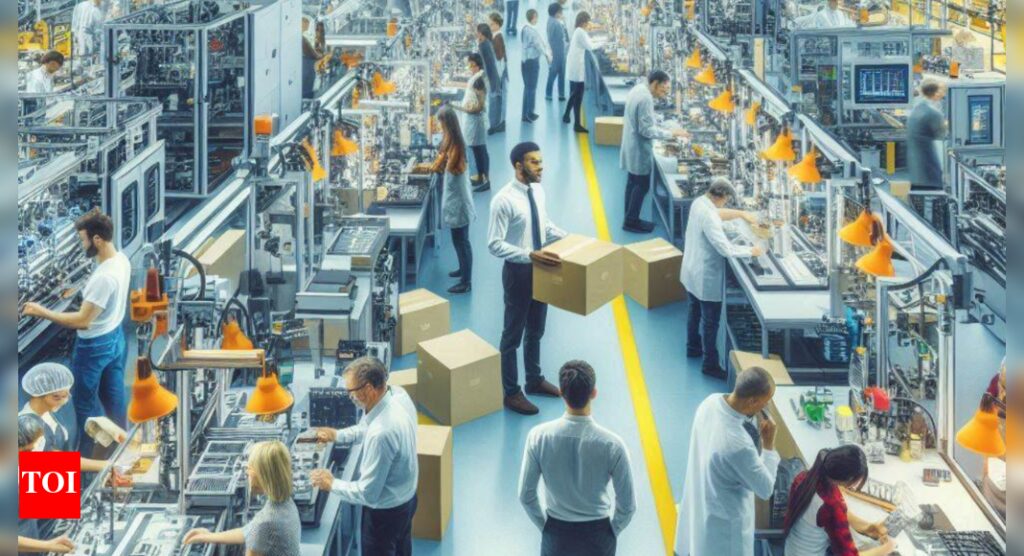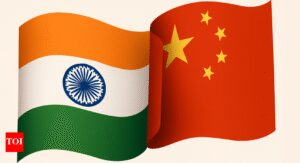
The US manufacturing sector contracted for another month in April, as mounting uncertainty surrounding President Donald Trump’s tariff policies continued to weigh heavily on industrial activity, according to new survey data released Thursday.
In early April, the administration introduced sweeping tariffs affecting most nations. Although some of the duties were revised for selected countries, a punitive 145 per cent tariff on Chinese imports remained intact, with sector-specific measures still under consideration. The resulting policy volatility has triggered market instability and heightened uncertainty across the industry.
The Institute for Supply Management’s (ISM) manufacturing index slipped to 48.7 per cent in April, down slightly from March and below the 50-point threshold that separates expansion from contraction. Although the reading was marginally better than economists had forecast, it still underscored a deepening slowdown.
Also read: Apple exports 97.6% of iPhones to US from India to preempt higher tariffs on imports from China
“Demand and production retreated, and destaffing continued as companies responded to an uncertain economic environment,” said Timothy Fiore, Chair of the ISM Manufacturing Business Survey Committee. He added that rising input prices—driven in part by tariffs—contributed to new order backlogs, slower supplier deliveries, and rising inventories.
Multiple survey respondents cited tariff policy as a key concern. “Tariff trade wars are incredibly volatile, quickly changing, and disrupting a ton of our current work,” said a representative from the apparel and leather industry.
Another manufacturer noted the direct financial toll of the 145 per cent tariff on Chinese imports: “The recently imposed tariff rate is significantly affecting our 2025 profitability. Given the complexity of our parts and the lack of alternative sources, it’s nearly impossible to find cost-effective replacements for our Chinese suppliers.”
Matthew Martin, Senior US Economist at Oxford Economics, said that while the headline number slightly exceeded expectations, the broader implications were troubling.
“Respondents’ comments were rife with tariff troubles—citing weaker demand, higher costs, and deepening supply chain disruptions,” he said in a note. “Worryingly, companies are now moving from hiring freezes and natural attrition toward layoffs as they seek to control costs.”
The April ISM report paints a cautious picture of the road ahead for American manufacturing, with trade tensions, cost pressures, and supply chain bottlenecks continuing to erode confidence in the sector.














